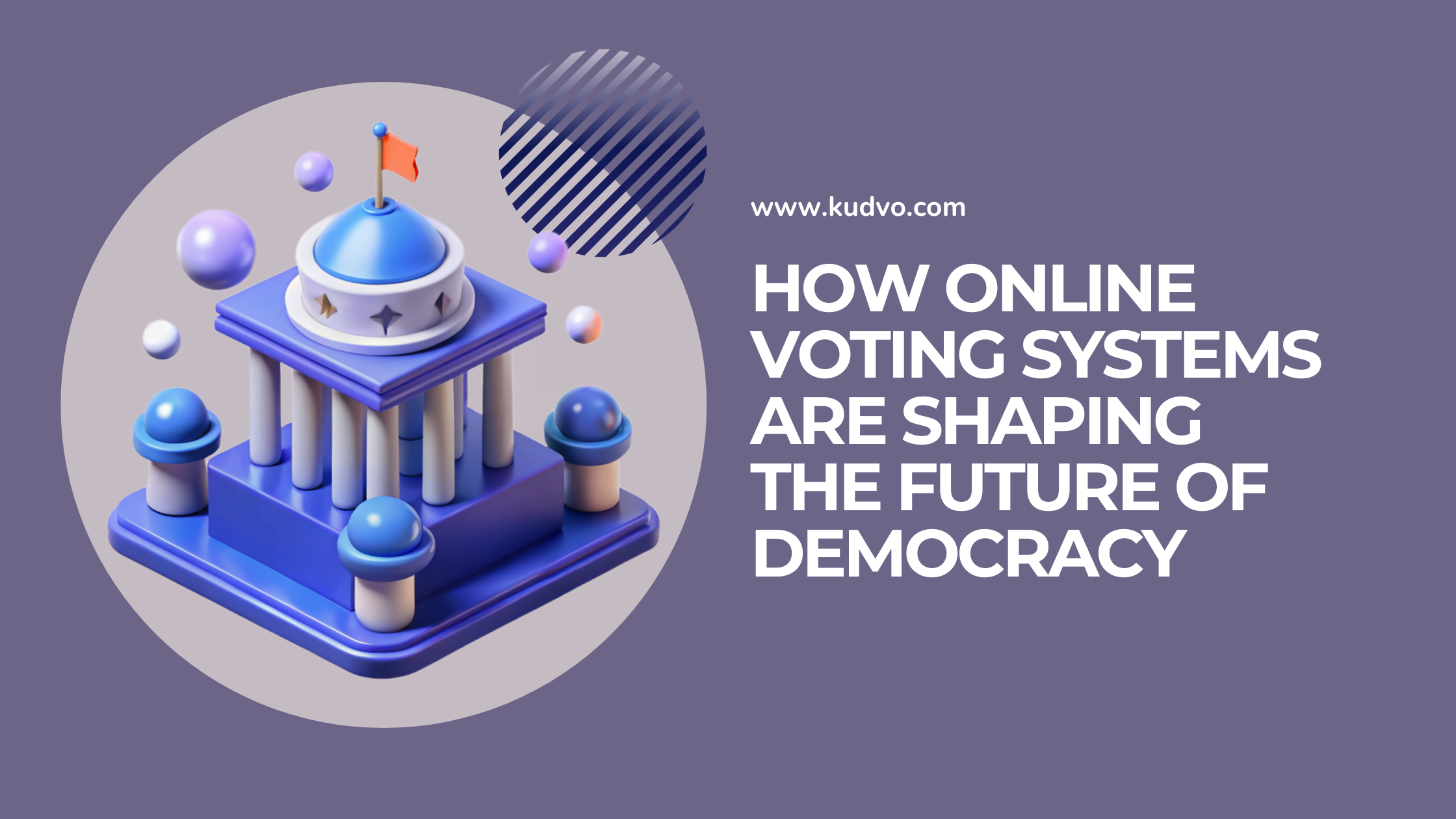
The Evolution of Digital Democracy
The world has seen an amazing shift from paper ballots to digital voting that's reshaping democracy. We've made incredible progress since people counted votes by hand.
From Paper Ballots to Digital Votes
Paper ballots first appeared in the 1800s as a better option than voice voting [1]. The Industrial Revolution brought mechanical voting machines that gave instant vote counts [1]. The 1970s saw Direct-Recording Electronic (DRE) machines emerge. These machines worked like portable computers that showed and recorded votes digitally [2].
Current State of Online Voting Globally
Online voting has gained different levels of acceptance around the world. The numbers show that 19% of countries use e-voting at national or sub-national levels [3]. Estonia stands out as a leader - 51% of its voters cast online ballots in their 2023 parliamentary elections [4]. Yet some countries remain cautious. About 6% have stepped back from e-voting because of security and trust issues [3].
Key Technologies Powering E-Voting Systems
Modern electronic voting relies on these main systems:
Direct Recording Electronic (DRE) systems: 50% of e-voting countries use these [3]
Optical Mark Recognition (OMR) systems: 24% of e-voting countries use this method [3]
Internet Voting Systems: 41% of e-voting countries use these, mostly for overseas voters [3]
Each system comes with built-in security features like voter verification and cryptographic protection. Estonia's system shows how it should work. Voters use smart ID cards to prove who they are, and the system tracks and checks every step of the voting process [5]. This blend of security and easy access has made Estonia's system a blueprint for democracies that want to try online voting.
Security and Trust in Online Voting
Security and trust stand at the heart of every online voting system discussion. Modern technology continues to make digital democracy both secure and trustworthy.
Blockchain and Cryptographic Solutions
Blockchain technology has brought most important advances in securing digital votes. Common-sense procedures and tools protect the voting process in every state and local jurisdiction. These include tamper-evident seals, security cameras, and system testing before and after elections [6]. Votes remain unalterable and traceable once cast.
Multi-Factor Authentication Methods
Voter authentication remains a top priority in our security framework. Strict multi-factor authentication (MFA) protects voter registration databases from unauthorized access. All 99 counties in Iowa must use MFA [link_1] with their state's voter registration database [7]. The system requires:
Something the voter knows (password/PIN)
Something the voter has (security token/phone)
Something the voter is (biometric verification) [8]
Building Public Trust in Digital Elections
Public confidence shows positive trends. Studies reveal that trust in governmental agencies boosts online voting intention [9]. Election officials track each piece of equipment separately to retain this trust. Bipartisan teams conduct activities together and verify seals while maintaining strict chain of custody.
Security measures extend further. Workers check seals and locks on all voting equipment before polls open and document the verification process [6]. Paper records of votes stay in locked containers with tamper-evident seals throughout election day. This ensures integrity during post-election audits or recounts.
Accessibility and Inclusion
Online voting systems are breaking down barriers that kept millions from participating in elections. These systems especially affect voters with disabilities who face ongoing challenges to exercise their voting rights.
Breaking Geographic Barriers
Geographic limitations restrict voter participation, especially in rural areas where only 79% of residents have internet access compared to 95% in urban areas [10]. Our online voting systems help bridge this gap and let voters participate whatever their location.
Supporting Voters with Disabilities
Disability access has improved, but we have a long way to go. Voters with disabilities were nearly twice as likely to experience voting problems compared to nondisabled voters during the 2020 election [11]. Our modern online voting systems now include these features to help:
Screen reader compatibility to help visually impaired voters
Keyboard-friendly navigation to help those with mobility challenges
Customizable text size and contrast options
Multi-language support to improve accessibility [12]
Bridging the Digital Divide
The digital divide creates some of our most important challenges. Right now, 7.5 million eligible voters with disabilities do not have internet access [13]. This gap shows up clearly across income levels - 78% of households earning between $50,000 and $75,000 have internet access, yet only 40% of those in the $20,000 to $25,000 range are connected [10].
We can build on the progress made so far. Election websites now include more accessibility features, and 86% of people with disabilities now use some form of computing device [13]. But people with disabilities still tend to rely on non-internet-based sources to get their voting information [13].
Impact on Democratic Participation
Our analysis of online voting systems shows unexpected findings about voter participation. Digital convenience should boost turnout numbers. The reality tells a different story.
Voter Turnout Analysis
Adding online voting doesn't automatically lead to higher participation by a lot. Estonia has seen continuous growth in online voting adoption since 2005, but overall turnout shows only modest increases [4]. Swiss data reveals that we increased participation mostly among citizens living abroad [4].
Demographic Shifts in Voting Patterns
Age-related patterns in voting behavior reveal interesting trends. In stark comparison to this, the 80+ age group had the highest increase in turnout with a 1.53 percentage point boost [14]. Youth participation (18-29) hasn't increased by much [14]. This challenges our beliefs about digital natives getting the most benefits from online voting.
Cost-Effectiveness for Electoral Bodies
Size plays a crucial role in costs. Smaller organizations that conduct low-key votes benefit from affordable online voting systems [4]. The cost equation becomes more complex for major elections due to:
Development and maintenance of voting platforms
Regular security updates and standards compliance
Voter education campaigns
Trust-building initiatives [4]
Estonia's data shows that 49% of voters still used traditional methods in 2023 [4]. This means organizations must maintain multiple voting channels, which limits potential cost savings.
Conclusion
Online voting systems mark a major step forward in democratic progress. Our research shows these systems affect different regions differently. Estonia leads the way with 51% digital participation while other nations still struggle with security, accessibility, and public trust issues.
These systems help remove geographic barriers and make voting easier for people with disabilities. The digital divide remains the biggest problem to overcome. Our largest longitudinal study shows that successful implementation needs strong security measures. Blockchain technology and multi-factor authentication must work together with complete voter education programs.
The cost-benefit ratio changes based on election size. Voter turnout numbers aren't as predictable as we might think. Both traditional and digital voting methods will stay relevant. Estonia's mix of online and in-person voters proves this point.
The future looks promising for online voting systems. They will grow stronger and more adaptable. Technology alone won't guarantee success. Building public trust and ensuring equal access for all groups matter just as much. Global implementations teach us that digital democracy's future needs the right balance between innovation and inclusion.
